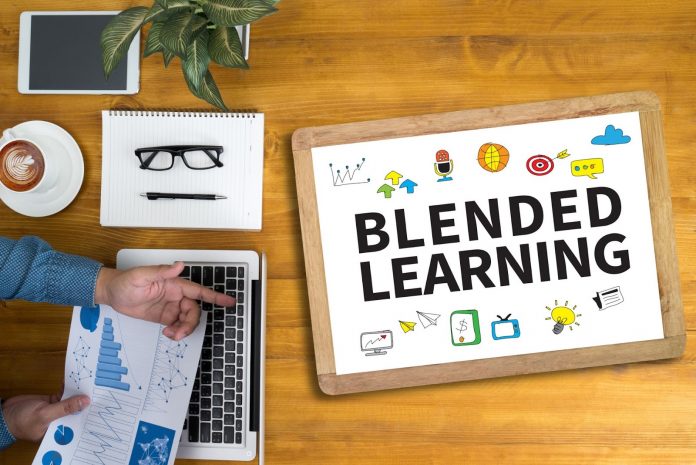- What is Blended Learning?
- Types of Blended Learning Models
- How to Create a Blended Learning Program
- Benefits of Blended Learning
- Disadvantages of Blended Learning
- How to Launch Blended Learning in 5 Steps
- What Is the Difference Between Hybrid and Blended Learning?
- Exploring Other Learning Styles: Expand Your Educational Horizons
Have you ever wondered how technology is changing the way we learn? Picture this: you’re sitting in a classroom, listening to the teacher explain a topic, but you also have access to interactive videos and online quizzes on the same subject. Sounds cool, right? That’s what blended learning is all about! Blended learning is an exciting approach combining the best of traditional classroom teaching and modern digital technology to make learning more effective and engaging. In blended learning, you get to experience the best of both worlds.
SplashLearn: Most Comprehensive Learning Program for PreK-5

SplashLearn inspires lifelong curiosity with its game-based PreK-5 learning program loved by over 40 million children. With over 4,000 fun games and activities, it’s the perfect balance of learning and play for your little one.
Try for freeThis unique blend of in-person and online learning creates a dynamic and flexible educational experience catering to different learning styles and needs. This blog will explore various aspects of blended learning, from its different models and benefits to launching a successful program.
What is Blended Learning?
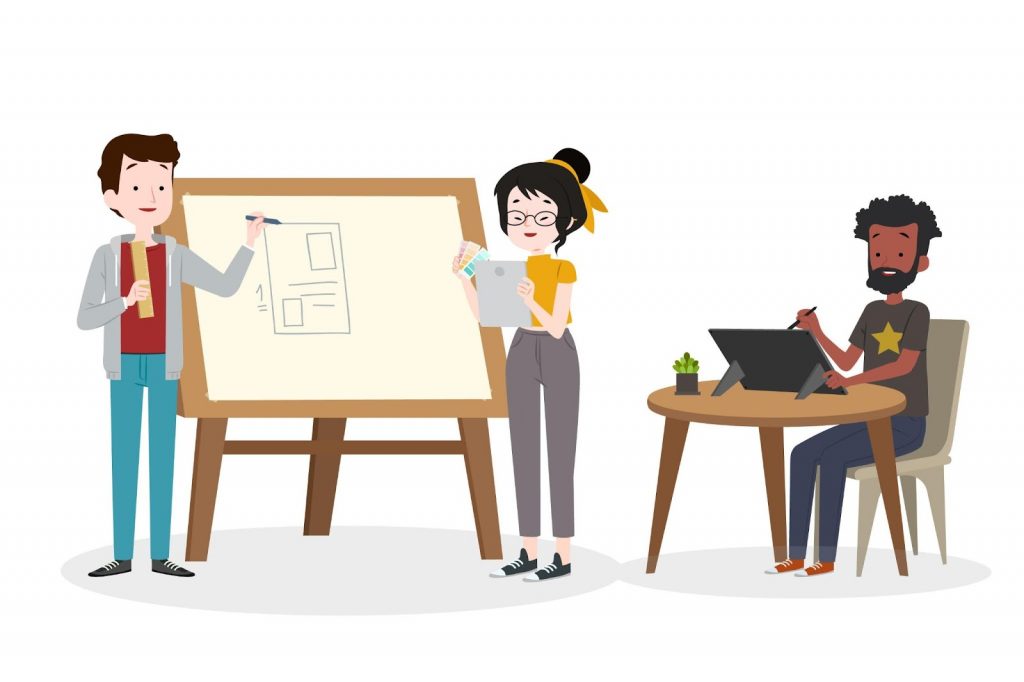
Blending learning is a way of learning that mixes traditional classroom teaching with the power of modern technology. Imagine having the best of both worlds – attending classes with your teachers and friends in-person while exploring exciting online resources.
Imagine learning at your own pace, accessing study materials online whenever you want, and even having interactive discussions with classmates and teachers right from home. You become the boss of your learning journey. But that’s not all – you also get valuable face-to-face time with your teachers and peers during in-person sessions, where you can ask questions, participate in activities, and build strong connections.
Teachers also play a superhero role in blended learning. They design engaging online lessons and create interactive in-person activities to ensure you understand everything. It’s like a secret recipe for success! It is about personalization, where lessons are tailored to match your unique learning style.
Types of Blended Learning Models
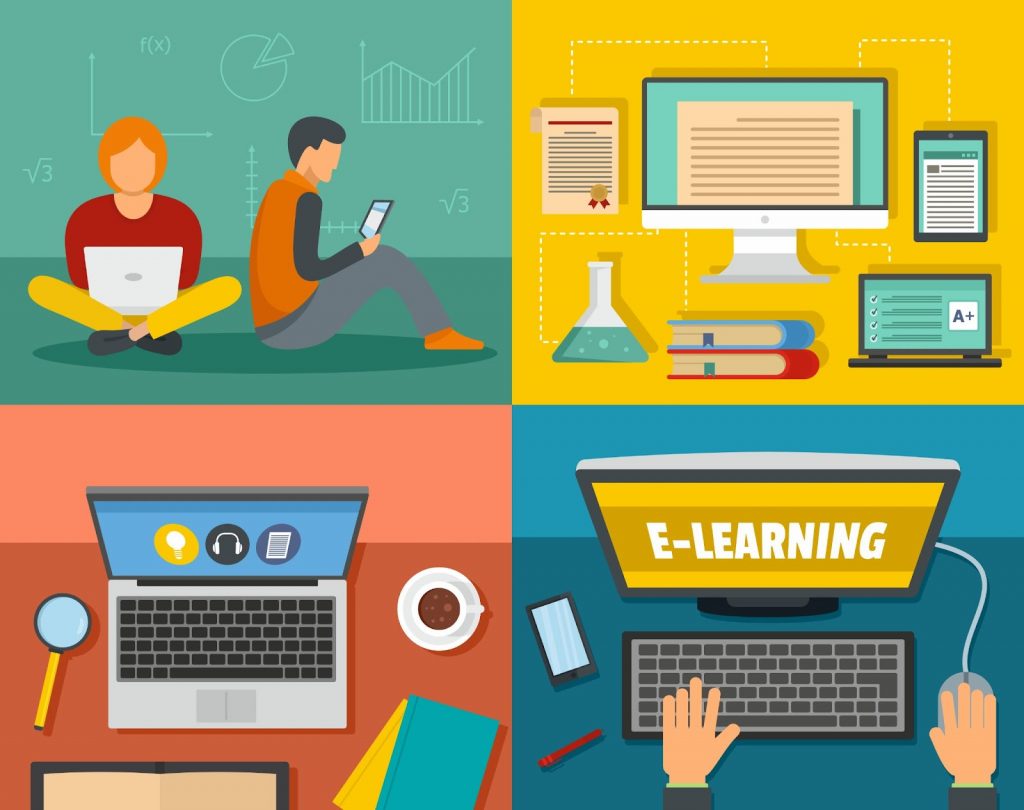
Blended education comes in different flavors. Each model adds a unique twist to how you learn, making it fun and exciting. Let’s scoop out some of the most popular types:
1. Rotation Model
Imagine going to different learning stations like a curious explorer. In the rotation model, you will have other stations for online activities and face-to-face sessions. You can move between these stations, exploring new topics and interacting with teachers and friends.
2. Flex Model
Like a flexible yoga class, the flex model lets you take charge of your learning schedule. You’ll have a mix of online lessons and in-person teacher sessions. The best part? You can choose when and where to study online, fitting it around your daily routine.
3. Self-Blend Model
It’s like creating your learning potion! In the self-blend model, you can choose some online courses or resources to complement your regular classes. It’s like adding extra toppings to your pizza – you can customize your learning experience!
4. Enriched Virtual Model
Ever thought of a virtual field trip? Most of your learning happens online in the enriched virtual model of the blended learning approach, but you still have some in-person sessions to dive deeper into certain topics. It’s like having a mix of online adventures and real-world discoveries.
5. Flipped Classroom Model
Flip-flop, it’s time to switch things around! In the flipped classroom, you will watch videos or complete online assignments before class. Then, during in-person sessions, you can discuss, solve problems, and get hands-on practice.
Related Reading: Tips for Successfully Flipping Your Classroom
6. A la Carte Model
The a la carte model allows you to take specific online courses on particular subjects while attending regular classes for others. It’s like having a learning buffet with plenty of options.
7. Station Rotation Model
Move around like a dance at different stations! In the station rotation model, you will experience a mix of online activities and face-to-face learning, but this time, you will stay at each station for a specific period before moving to the next one.
Each model adds flavor to blended curriculum, and schools often choose the one that best fits their students’ needs and learning goals. By combining the best of traditional teaching and modern technology, these models create an educational experience that is both dynamic and tailored to you.
How to Create a Blended Learning Program
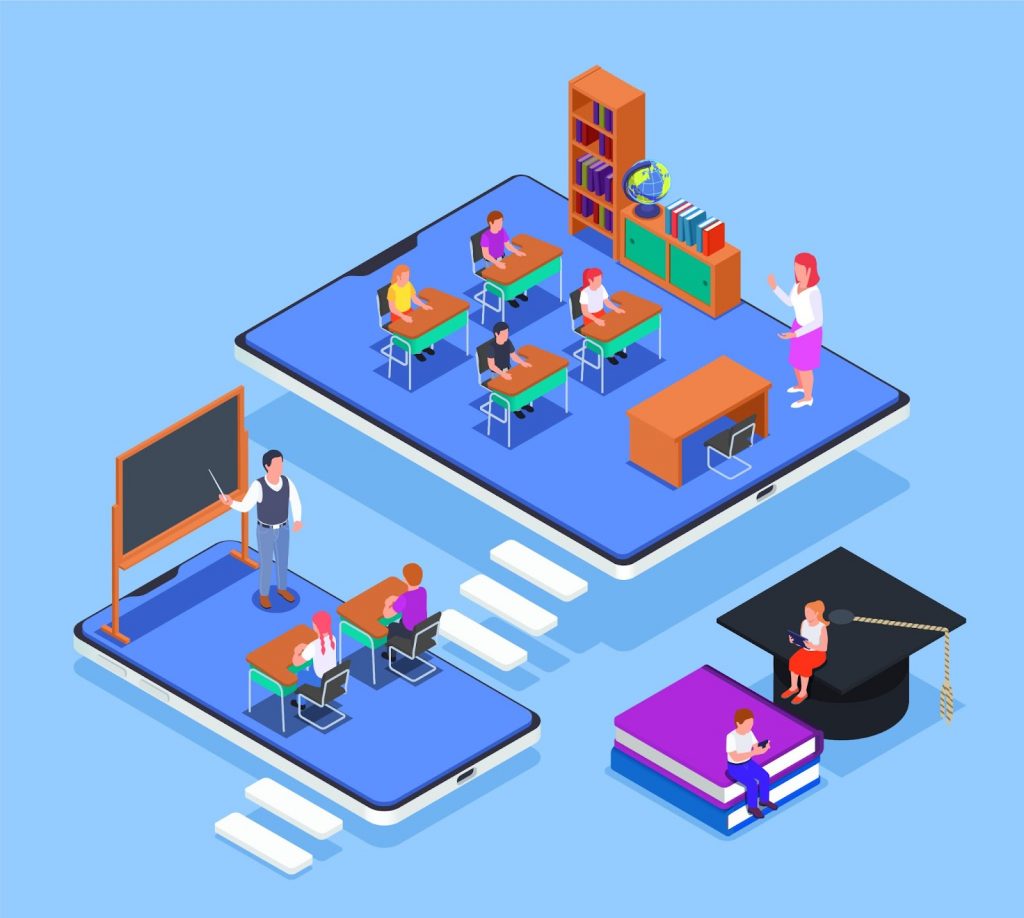
Building a blended learning program is like cooking a delicious recipe – it’s a mix of the right ingredients to make learning awesome! Here’s a simple guide to help you get started:
1. Understand your students: Get to know your student’s learning needs and what they want to achieve. Figure out which subjects or topics can benefit from blending online and in-person learning.
2. Make learning fun online: Create interactive videos, quizzes, and virtual activities that excite students and make learning enjoyable outside the classroom.
3. Plan to engage in in-person activities: Design group discussions, hands-on experiments, and projects that deepen understanding and encourage teamwork during face-to-face sessions.
4. Keep track of progress: Use online quizzes, assignments, and teacher feedback to monitor students’ progress and offer help when needed.
5. Choose the right tools: Pick user-friendly technology and online resources that match your learning goals. Look for apps and platforms that make learning engaging and easy to access.
A blended learning program is not set in stone. It’s like a garden that needs nurturing and care. Keep evaluating and adjusting your approach based on student feedback and learning outcomes. Also, remember to involve teachers, parents, and students in the planning process. After all, education is a team effort, and together, you can create a blended learning experience that will make learning an enjoyable and meaningful journey for all.
Related Reading: Best Online Learning Platforms Gaining Traction These Days
Benefits of Blended Learning
Blended learning offers many awesome advantages that make your learning experience enjoyable and effective. Here’s why you will love it:
1. Learn at Your Own Pace: With blended learning, you can be the boss of your learning journey. You get to study online materials at a pace that suits you best. No more rushing through lessons or feeling left behind!
2. Personalized Learning Experience: It’s like having a learning genie who understands your needs. Blended learning let’s teachers tailor lessons to match your strengths and weaknesses. This means you get the support you need to shine like a star.
3. More Exciting Lessons: Blended learning involves interactive videos, games, and quizzes that turn boring subjects into thrilling adventures. Learning becomes so exciting that you won’t believe how time flies.
4. Connect with Peers and Teachers: Blended learning is like having a virtual playground. You can chat with friends, ask questions, and discuss ideas online. Plus, you can bond with teachers and classmates during in-person sessions, making learning feel like a big family.
5. Real-World Learning: It’s like stepping out of the classroom and into the real world! Blended learning often includes hands-on projects and activities that let you apply your knowledge. You get to see how knowledge can make a difference in everyday life.
6. Better Focus and Engagement: No more daydreaming during lectures! Blended learning keeps you engaged with interactive content and activities. You become an active learner, absorbing knowledge like a sponge.
7. Data-Powered Progress: Blended learning is like having a magic crystal ball that tracks your progress. Teachers can use data from online assessments to see how well you’re doing and give you timely feedback to improve.
Related Reading: Best Types of Assessments
8. Flexibility for Your Busy Life: It’s like having a learning genie who respects your schedule. Blended learning lets you study when and where it suits you. It’s perfect for those who juggle school, hobbies, and family time.
9. Prepare for the Digital World: Blended learning equips you with tech superpowers. In today’s digital age, knowing how to navigate online resources and collaborate virtually is a crucial skill for the future.
10. Proven Success in Higher Education: A study found that blended learning had a positive impact on reducing dropout rates and improving exam marks. The students’ perceptions of blended learning were also found to be related to their final marks, as well as their age, background, and class attendance rate. This suggests that blended learning can be highly effective in a higher education context, and its benefits could be further enhanced by incorporating innovative approaches such as blended problem-based learning.
Blended learning offers a personalized, engaging, and flexible learning experience that caters to individual needs and fosters better focus and progress. With real-world applications, tech proficiency, and proven success in higher education, blended learning is the path to an effective educational journey..
Disadvantages of Blended Learning
Even though blended learning is a fantastic adventure, every journey has its bumps. Let’s take a look at some challenges you might encounter along the way:
1. Technical Hiccups: Just like a glitch in a video game, technical issues can pop up. Slow internet, computer problems, or app crashes can disrupt learning flow. But don’t worry, a little patience and tech support can solve these glitches.
2. Need for Self-Discipline: Blended learning requires some superhero self-discipline. Without a teacher physically present all the time, you must stay focused and manage your time wisely. It’s like being your own learning superhero!
3. Teacher Training: Even teachers need a little training. Some educators might be new to blended learning and need time to get comfortable with the technology and teaching methods. But with practice, they will be teaching like pros.
4. Balancing Online and Offline: It’s like finding the perfect balance on a seesaw. Blended learning means juggling both online and in-person learning. Sometimes, finding the right mix can be a bit challenging, but don’t worry, you’ll get the hang of it!
5. Access to Technology: Like having a secret code, you need access to devices and the internet to make blended learning work. Some people might have different access to technology, which can create inequalities. Schools are working hard to bridge this gap.
6. Limited Face-to-Face Time: Although blended learning offers awesome online interactions, some students might miss having more face-to-face time with teachers and friends. But remember, those in-person sessions can still be super valuable!
7. Overwhelm with Online Content: It’s like being lost in a maze of information. With so much online content, it’s easy to feel overwhelmed. But don’t worry, take it step by step, and you will find your way.
8. Initial Setup and Costs: Setting up blended learning can involve initial setup and costs. Schools might need to invest in technology and training, but it’s an investment in a brighter future.
While blended learning presents certain challenges, such as technical hiccups and the need for self-discipline, these can be overcome with patience and practice. By addressing teacher training, balancing online and offline components, and ensuring access to technology, schools can work towards creating a more equitable and enriching learning experience for all students. Though it may require an initial investment, the benefits of blended learning make it a valuable and worthwhile endeavor for a brighter educational future.
How to Launch Blended Learning in 5 Steps
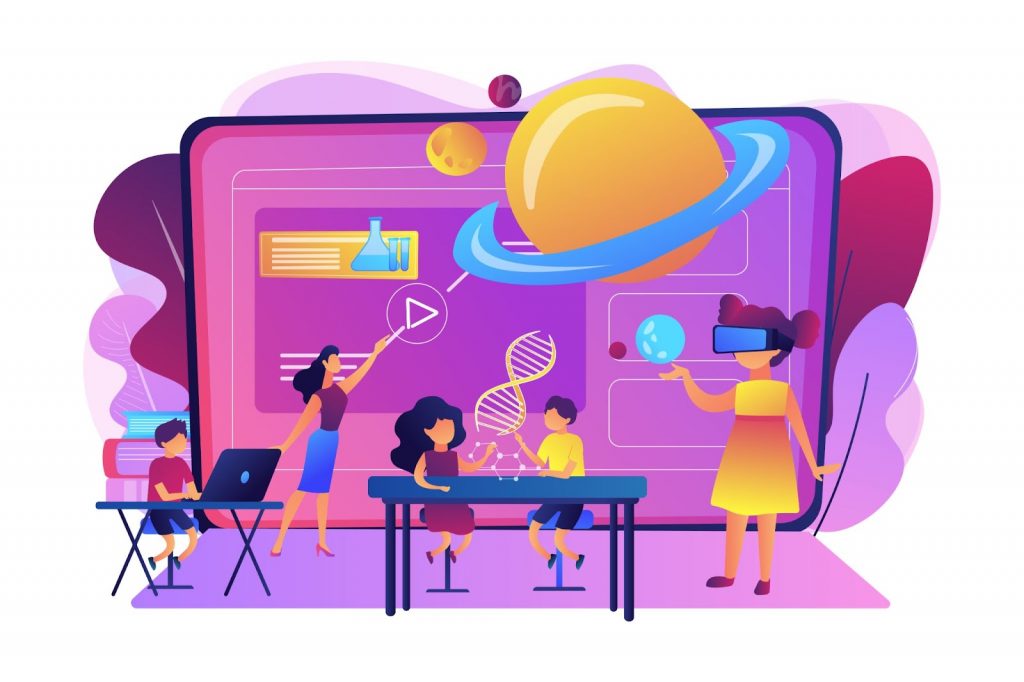
Launching a blended learning program can be made simple and effective with just five steps. By getting everyone on board, training teachers, preparing the necessary technology, starting with a pilot, and charting a clear course, you can create an engaging learning experience for students. Follow these steps to get started:
1. Get Everyone on Board: Bring teachers, parents, and school leaders together to support blended learning. Show them the benefits and address any concerns they may have. Collaboration is key!
2. Train Your Teachers: Encourage your teachers to take workshops and use resources to become experts in blended learning. They will be ready to guide students on this new learning adventure.
3. Prepare the Tech: Set up classrooms with devices, internet access, and educational apps. A tech-friendly environment is essential for smooth blended learning.
4. Start with a Pilot: Begin with a small group of students in a pilot program. Test the blended learning approach and gather feedback to make improvements.
5. Chart Your Course: Plan which subjects or topics will have online components and which will include in-person sessions. A clear roadmap ensures a successful blended learning experience for all.
By implementing these steps, you can successfully integrate blended learning into your educational institution. The collaboration and support from all stakeholders, along with proper teacher training, technology preparation, and a thoughtful pilot program, will pave the way for a fruitful and enriching blended learning experience for all students involved.
What Is the Difference Between Hybrid and Blended Learning?
You might have heard these two terms floating around, but what’s the real difference between hybrid and blended learning? Let’s clear it up in simple terms:
What is Hybrid Learning?
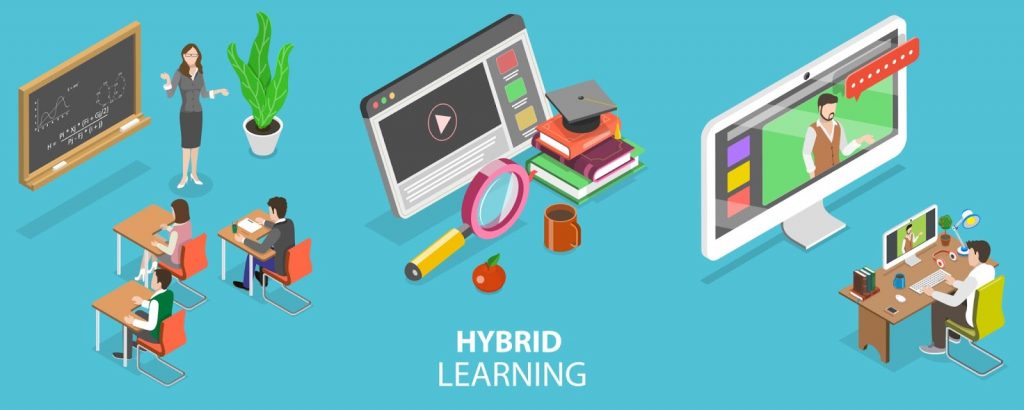
Think of it as a mix of in-person and online learning, like having ice cream and cookies on the same plate. In hybrid learning, you will attend some classroom and some online classes. It’s like having a little bit of both worlds.
Related Reading: What is Hybrid Learning? Benefits and Challenges
What is Blended Learning in the Classroom?
To understand the blended learning definition, picture it as a smooth online and in-person learning blend, like blending your favorite fruits into a yummy smoothie. With a blended classroom, your classes combine online activities and face-to-face sessions, creating a more flexible and engaging learning experience.
In a nutshell, hybrid learning is about dividing your time between physical classrooms and online spaces. In contrast, blended learning creates a seamless mix of online and offline elements in every class. So, whether you’re enjoying the best of both worlds or sipping on a delicious blend, these approaches make learning exciting and effective for you!
Exploring Other Learning Styles: Expand Your Educational Horizons
Conclusion
Blended learning is a powerful educational approach that combines the best of traditional classroom teaching with modern digital technology. A study conducted by Smyth et al. (2012) found that students appreciated the accessibility and flexibility of blended learning, which allowed them to plan their own learning journey. They reported increased engagement and believed they learned more through this method. However, the study also highlighted some challenges, such as the need for timely feedback and reliable internet connection. Despite these, the overall sentiment towards blended learning was positive, further emphasizing its potential as a powerful educational approach.
As we continue to explore and refine blended learning models, we can look forward to creating more dynamic, flexible, and effective learning experiences for students everywhere.
Frequently Asked Questions (FAQs)
What equipment do I need for blended learning?
You’ll need a device like a computer or tablet with internet access to access online resources and participate in virtual activities.
Can students learn at their own pace in blended learning?
Yes! Blended learning allows students to study online materials at their preferred speed, giving them more flexibility in their learning journey.
Will students still have face-to-face time with teachers and classmates in blended learning?
Absolutely! Blended learning includes in-person sessions where students can interact with teachers and collaborate with peers, fostering a sense of community and support.
How can teachers track students' progress in blended learning?
Teachers use online assessments, quizzes, and assignments to monitor students’ performance and provide timely feedback to help them succeed.
What are some blended learning examples?
Some examples of blended learning models include the Rotation Model, Flipped Classroom Model, and Self-Blend Model, where students experience a mix of online and in-person learning activities.


